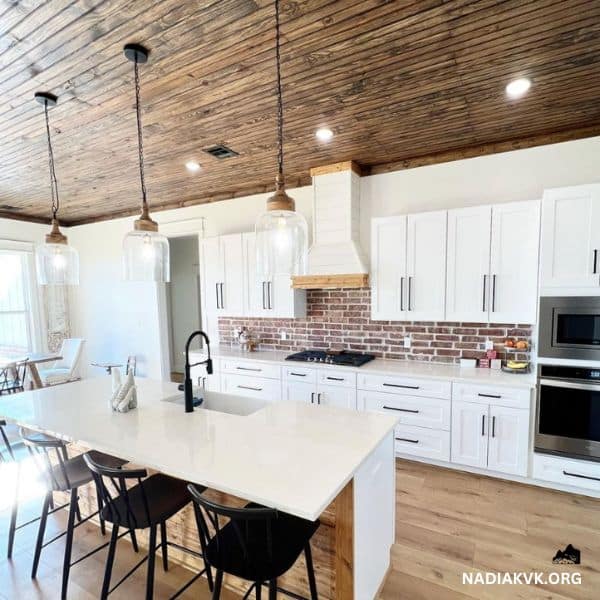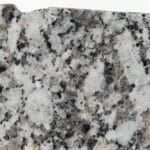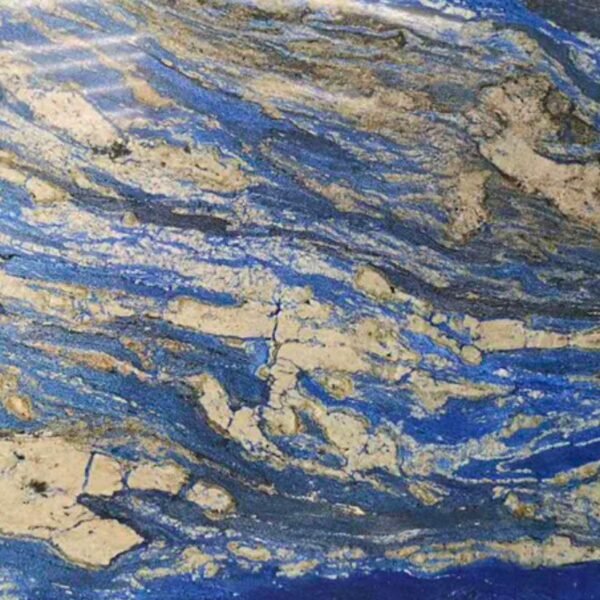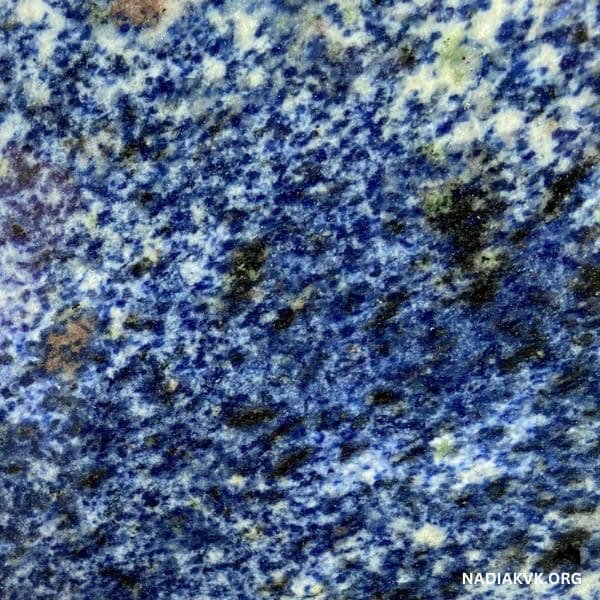Marble has been used in many ways over the years from the outside of buildings to the floors in homes. Cultured marble is one type that is becoming more common. A special method is used to make cultured marble from natural marble that makes it stronger and better looking. Because of this treatment often results in a more uniform color, lowers the risk of cracking, and makes it less likely to fade.
The cost of cultured marble can change based on the methods used in its production. The artists mix natural minerals and resins with color pigments to make cultured marble an they pour this material into molds. After spreading, it hardens through a curing process.

The end product looks and feels like real marble but is usually more affordable and easier to maintain. Because of this it is a great choice for floors, tables, vanities, and other places. A lot of people like cultured marble because it lasts a long time and doesn’t need much upkeep.
It comes in many colors, some of which are solid, some with lines, and some that look like marble. Also you can choose from different styles, like glossy or matte. Another good thing about cultured marble is that it doesn’t fade or stain easily. Because it’s less likely to get scratches and marks because it doesn’t have pores, which makes it a good choice for many places.
Read More: Best Wood For Cutting Boards
Color Options
Many color options exist for this marble typically, the colors comprise a white base with various colors mixed in, offering a wide variety of options to the customer.
Durability
Even with its renowned toughness and ability to endure for years with proper maintenance, marble can still become discolored far more easily than quartz. Due to its simplicity in cleaning and its resistance to stains, mildew, and chips, people frequently use it as a surface material in bathrooms and kitchens.
Maintenance
When care for your marble, there are a few important things to keep in mind. First and foremost, stay away from using aggressive cleansers or chemicals that could scratch the countertop’s surface.
Instead, clean it with a gentle soap and water mixture. After cleaning, make sure the surface is totally dry because extra moisture might fade or stain the marble.
Additionally, keep hot pots and pans away from the countertop to prevent damage. If there is a spill make sure to clean it up right away.
Read More: Types of White Marble
Can I use Clorox wipes on cultured marble?

You can clean many household surfaces with Clorox wipes, but can you clean cultured marble with it? To create a countertop or other surface, manufacturers mix natural minerals and blended resins and then pour the mixture into a mold.
Clorox wipes look like a decent choice for cleaning cultured marble because it have a reputation for eliminating dirt, dust, and debris rapidly. It is important to remember, though, that improper usage of Clorox wipes can also harm marble.
In example, employing excessive power or wiping the marble surface might etch and harm the surface.
In particular, using too much force or scrubbing with wipes can cause scratches and etching on the surface of the marble. So be sure to use soft circular strokes and avoid applying excessive pressure if you want to clean your marble using Clorox wipes.
Read More: Laminate Countertops
Which is better, marble or cultured marble?
When deciding between marble and cultured marble consider a few key factors. Natural marble originates from earthly quarries, while artisans craft cultured marble from a blend of resins, crushed limestone, and pigment.
This marble benefits from its ability to take on any color or design, whereas genuine marble comes only in a limited range of hues.
Additionally, it costs less than genuine marble. It can peel or chip more quickly than natural marble due to its lower durability. In addition to being heavier than other materials, marble might not be the greatest option for smaller bathrooms or kitchens.
Is cultured marble suitable for showers?
For number of factors it is a popular material for showers and a wise choice. Also marble is a natural stone that is quarried, making it a strong and long-lasting substance.
Additionally it doesn’t need any extra maintenance and is simple to clean. This marble has the same appearance and texture as natural marble but costs less since it is created by combining natural marble and resin.
Also it can be tailored to fit any color or fashion, and it is available in a variety of glossy and matte textures.
Is Cultured Marble Real Marble?

Cultured marble is not real marble, though this manufactured good consists of a mixture of pigment, resin, and limestone. It finds frequent use due to its ability to be molded into various forms and sizes and its lower cost compared to natural marble.
Also this marble is a wonderful option for worktops and other surfaces in high-traffic areas because it is also more durable than raw marble.
Read More: Dolomite Countertops
Cost of Natural Marble And Cultured Marble
Cost is a major consideration for many individuals when deciding between this marble and regular marble. Generally speaking, this marble is less expensive than natural marble, but there are a few things to take into account when comparing the two. Cost is the key distinction.
Costs for cultured marble range from $40 to $70 per square foot. Natural marble typically costs between $65 and $90 per square foot, with prices ranging from $40 to $200+ with installation.









